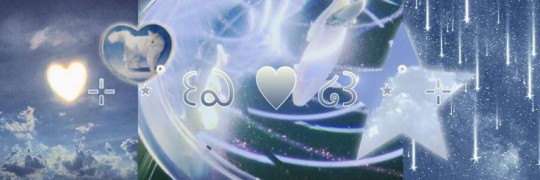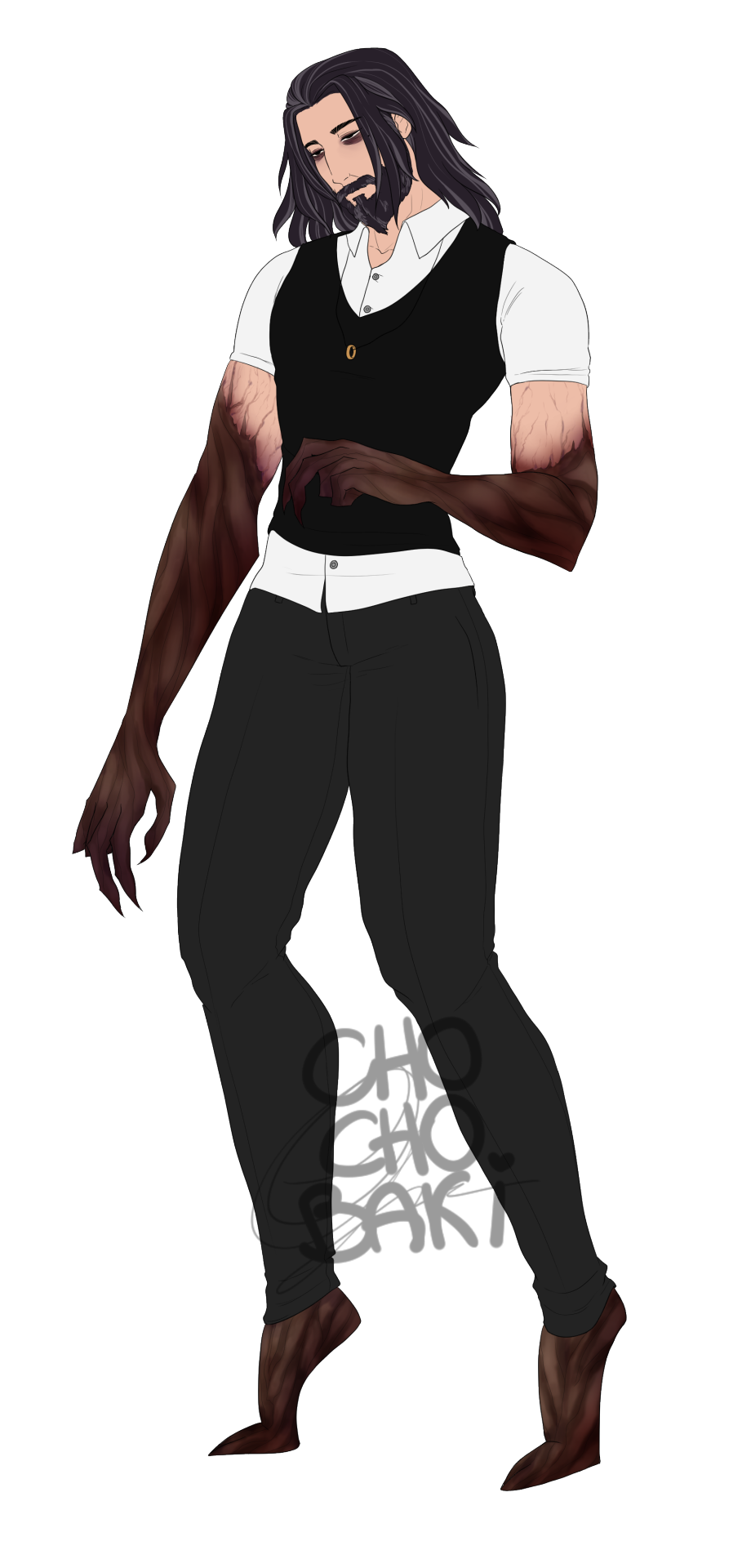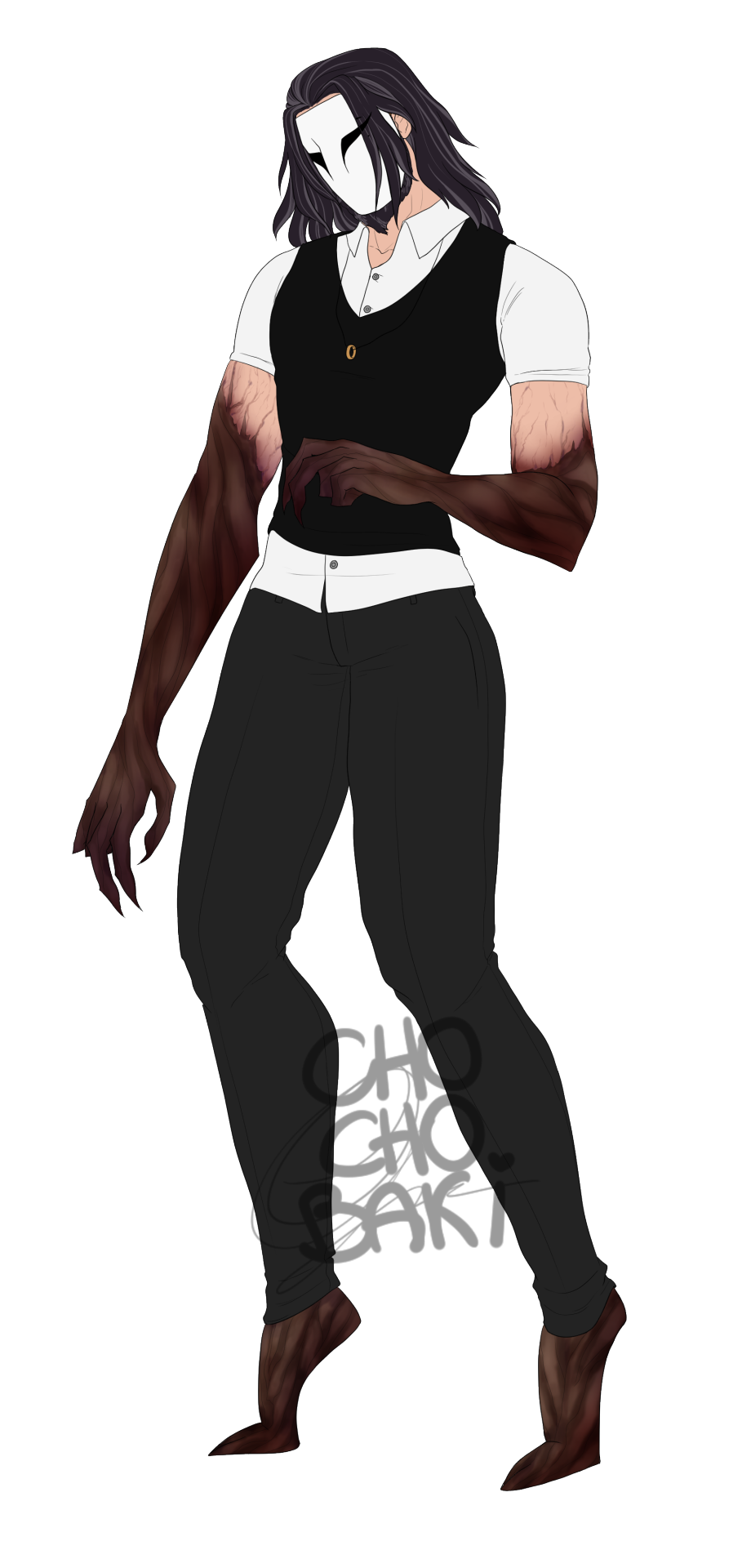#N5
Explore tagged Tumblr posts
Text




The Mandalorian (2019)
#2019#gif#film#series#TV show#television#The Mandalorian#Star Wars#Jon Favreau#Pedro Pascal#Din Djarin#Bill Burr#Migs Mayfeld#Natalia Tena#Xi'an#Clancy Brown#Burg#Mark Boone Junior#Ranzar Malk#Ran#Giancarlo Esposito#Moff Gideon#Grogu#New Republic#New Republic Correctional Corps#Bothan-5#N5#sentry droid#flamethrower
160 notes
·
View notes
Text
N5 Grammar Review: Vない
The ない form of the verb is used to mean "not" or "don't". I'm going to make some posts about grammar that uses this form soon, but first I thought it'd be good to go over how exactly we get the ない form.
To make the ない form:
Group 1: change the last 'u' in the dictionary form to 'a', then add ない:
書く(かく)→ 書かない [to write -> not write]
話す(はなす)→ 話さない [to speak -> not speak]
立つ(たつ)→ 立たない [to stand -> not stand]
遊ぶ(あそぶ)→ 遊ばない [to play -> not play]
読む(よむ)→ 読まない [to read -> not read]
知る(しる)→ 知らない [to know -> not know]
Be careful! If the verb ends in う, it becomes わ:
歌う(うたう)→ 歌わない [to sing -> not sing]
買う(かう)→ 買わない [to buy -> not buy]
Group 2: add ない to the stem:
食べる(たべる)→ 食べない [to eat -> not eat]
寝る(ねる)→ 寝ない [to sleep -> not sleep]
見る(みる)→ 見ない [to see -> not see]
教える(おしえる)→ 教えない [to teach -> not teach]
Group 3 of course is a bit different:
する → しない [to do -> not do]
来る(くる)→ こない [to come -> not come]
The ない form is used in casual speech to mean "don't/doesn't do":
Particles in brackets because you can drop them in casual speech.
魚(は)食べない さかな(は)たべない = I don't eat fish
父(は)雑誌(を)読まない ちち(は)ざっし(を)よまない = My dad doesn't read magazines
コ���ヒー(を)全然飲まない コーヒー(を)ぜんぜん のまない = I don't drink coffee at all
Other than that, the ない form is used a lot as a base for more complex grammar. It's important to get to grips with it early on.
I'm still a beginner myself (I'm only N4 level!) so please let me know if I've made any mistakes!
#japanese langblr#learning japanese#japanese grammar#japanese for beginners#beginner japanese#n5#n5 grammar
122 notes
·
View notes
Text




The Beatles for The Beatles Monthly Book n°5, December/1963.
#john lennon#paul mccartney#george harrison#ringo starr#the beatles#60s#1963#beatles monthly book#n5#my:read
128 notes
·
View notes
Text
If the Nordic 5 were your lawyers:
Sweden: Is there on time, but forgot all his papers.
Denmark: Your honor, my client slayed. Literally and metaphorically!
Norway: Uses his fairies to leave false evidence to convict someone else
Iceland: I am literally neurodivergent and a minor!
Finland: ACTUALLY KNOWS WHAT HE IS DOING
#hetalia#aph#hetalia axis powers#axis powers ヘタリア#hetalia world stars#hetalia world series#hws norway#hws denmark#hws sweden#hws iceland#hws finland#hetalia headcanons#hetalia nordics#n5
100 notes
·
View notes
Text
understand, see, hear · particle が · particle と
(。•̀ᴗ-)✧ N5 grammar [ことのは lesson 18]

わかる, みえる, きこえる
The particle を is generally used to indicate the direct object with transitive verbs, but with the verbs: 分かる (わかる -> to understand), 見える (みえる -> to see), 聞こえる (きこえる -> to hear) you have to use the particle が
example: スパイン語(ご)が分(わ)かりますか translation: do you understand Spanish?
particle が
we have seen the particle が being used to indicate the direct object of some verbs, but it can also express a relationship between two contrasting or opposing clauses.
example: 冬(ふゆ)ですが、 今日(きょう)は 暑(あつ)いです translation: it is winter, but it's hot today
particle と
✩ with (accompained by): this particle is used to indicate specify the person or animal with whom an action is being performed. person/animal と -> with person/animal
example: ケンくんとこの映画(えいが)を見(み)ました translation: I saw this movie with Ken
✩ exhaustive list nouns: this particle is used at the end of a list of two or more objects (inanimate or animate). Noun A + と + Noun B -> Noun A and Noun B
example: サラさんに 本(ほん)と辞書(じしょ)をあげました
translation: I have my book and dictionary to Sarah.
またね~@inkichan
꒰ა ˚₊ ✧・┈・╴﹕꒰ ᐢ。- ༝ -。ᐢ ꒱﹕╴・┈・𐑺 ‧₊˚໒꒱
#japanese#nihongo#studyblr#learn Japanese#learning Japanese#japanese langblr#langblog#japanese studyblr#日本語#n5#JLPT N5#grammar#basic grammar#japanese grammar#ことのは
133 notes
·
View notes
Text
[N5] バナナは日本一
Last reblog reminded me of the free graded reader バナナは日本一 which includes cute illustrations and is suitable for readers with a good grasp of JLPT N5 grammar and vocabulary.
It can be downloaded via Yomimono Ippai as a free pdf.
#my book reviews#reading in japanese#easy japanese#free japanese reading resources#free graded readers#japanese graded reader#JLPT N5#N5#Non-Fiction#yomimono ippai#study japanese#日本語#learning japanese#やさしい日本語
21 notes
·
View notes
Text


I'm planning to start a solo TTRPG Star Wars campaign in the near future, so I'm brainstorming some NPCs! I created most of them specifically for this game, but I also decided to add a couple of my old SW characters because I want to use them for *something*.
Vesper Durant: Pau'an mercenary, currently employed aboard the smugglers' ship Synestia as bodyguard and muscle.
Captain Nadir: Devaronian captain of the Synestia, smuggler and elderly menace.
Mitth’iav’iklir (Thiavik): teenage Chiss thief, he was "kindly rescued" by Captain Nadir from his former indentured life with Black Sun and is currently traveling with the crew of the Synestia.
N5-75: refurbished BX commando droid, she officially belongs to Captain Nadir but considers herself a free droid, thank you very much.
Maava Norgas: Chagrian Inquisitor known as the Eleventh Sister. She leads the Star Destroyer Scepter in its hunt for any Jedi that survived Order 66.
Vandu Kreed: former Mikkian Jedi, currently on the run from the Empire. He should really learn to dress less conspicuously.
Eran Ziel: Nautolan captain of the Imperial Star Destroyer Scepter, obeys directly to the Eleventh Sister's orders. Despite not being a human, he quickly rose through the Empire's ranks.
Shin Amari: Duros leader of a Rebel cell, she hired the crew of the Synestia for a quick and simple job in the Outer Rim...
#dravensart#Star Wars#SW OC#Star Wars OC#Star Wars OCs#Pau'an OC#Devaronian OC#Chiss OC#Chagrian OC#Mikkian OC#Nautolan OC#Duros OC#tabletop RPG#etc etc#stay tuned for some more stuff (who knows when)#I still need to draw my actual PC and her family lol#Vesper#Nadir#Thiavik#N5#Maava#Vandu#Eran#Shin
7 notes
·
View notes
Text


「…スヴィ一 何してるの?」 — "...What are you doing, Svi?"
@dai_2_peppar on twitter
125 notes
·
View notes
Text


Call me the forgetter bc i forgor to post what i did to the dad of one of my players characters.
anyways. Love u Samuel Hayes and love u @lupeni
#bitesizedart#ttrpg oc#ttrpg character#ttrpg art#ttrpg#friend oc#analog horror#analog horror oc#n5#MBD
7 notes
·
View notes
Text
おはようございます!!わたしわ日本語をべんきょしています!!
7 notes
·
View notes
Text










#the umbrella academy#the umbrella conspiracy#netlix#tua s4#tua season 4#tua#luther hargreeves#diego hargreeves#vanya hargreeves#klaus hargreeves#n5#cinco hargreeves#5 hargreeves#ben hargreeves#viktor hargreeves#lila hargreeves#five hargreeves#number five#lila pitts#tom hopper#elliot page#aidan gallagher#ritu arya#robert sheehan#david castañeda#emmy raver lampman#justin h min#sir reginald hargreeves#colm feore#umbrella academy
13 notes
·
View notes
Text
Kanji of the day year: 金
金 - Gold
Kun: かね、かな-、-がね On: キン、 コン、 ゴン (Pinyin: jīn | jin1 )
Got caught up in a lot of work and moving so this is very late, but here it is - the Kanji of the year, 2024!
Pictophonetic: 今 represents the sound (pinyin jīn | jin1), 士 (pictograph of an axe) represents the meaning
As far as kanji go, this one is fairly modern! It only started appearing around the Shang dynasty, past the age of oracle bone script. At first it was represented by two dots, with the components 士 and 今 (previously looked more like 亼, see 今 for example) added in later to clarify its meaning.
Originally it meant copper, later extended to encompass metal in general, before eventually coming to represent gold specifically.

(the two-dot predecessor of 金 from the late Shang dynasty ~1100 BC)

(金 as it appeared in Bronze script during the late Western Zhou dynasty, ~800-700 BC - the two lines/dots would later be added to the 士 during standardization)
Strokes: 8 Radical: 金 metal
2 notes
·
View notes
Text



CHANEL No 5 and Margot Robbie
source: Insta
2 notes
·
View notes
Text
Asking the time · particles ね and よ
(。•̀ᴗ-)✧ N5 grammar [ことのは lesson 8]

What time is it?
何時 (なんじ) is an expression that means "What time is it?"
何 (なん) means "what" and 時 (じ) is a suffix which indicates "hour(s)".
ふん or ぷん is used according to the last number before this suffix which means "minute(s)"
note: sometimes it is acocmpained by 午前 (ごぜん) indicating A.M. or 午後 (ごご) P.M. placed in front of the time.
example: A: 今(いま) , 何時ですか B: 午後 (ごご)10時 (じ)22分 (ふん)です translation: A: What time is it? B: It's 10.22 pm
particles ね and よ
The particle ね is placed at the end of the sentence to express approval, and confirm what the speakers says. It means "right?"
example: 日本語 (にほんご)は 難(むずか) しいですね。 translation: Japanese is difficult, right/isn't it?
The particle よ is placed at the end of the sentence to confirm and insist on the speaker's opinion. It is also used to advice or inform something new for the listener.
example: このパンは 美味(おい)しいですよ! translation: this bread is delicious! (you should try it)
またね~@inkichan
꒰ა ˚₊ ✧・┈・╴﹕꒰ ᐢ。- ༝ -。ᐢ ꒱﹕╴・┈・𐑺 ‧₊˚໒꒱
#japanese#nihongo#studyblr#learn Japanese#learning Japanese#japanese langblr#langblog#japanese studyblr#日本語#n5#JLPT N5#grammar#basic grammar#japanese grammar#ことのは
85 notes
·
View notes
Text
[N5] 彼氏(かれし)がほしい!


If you are at the beginner stage of learning Japanese and interested in reading full manga one day, have a look at this short free manga in simple Japanese:
Textbook grammar with some colloquial expressions inbetween
100% furigana on all kanji
Beautiful drawings that support reading comprehension
#my book reviews#reading in japanese#japanese books#やさしい日本語#boyfriend#downloadable pdf#easy japanese#easy manga#Fiction#free graded reader#free manga#free reading material#graded reader#JLPT N5#Manga#N5#NPO Tagengo Tadoku#romance#romance manga#shojo manga
30 notes
·
View notes

